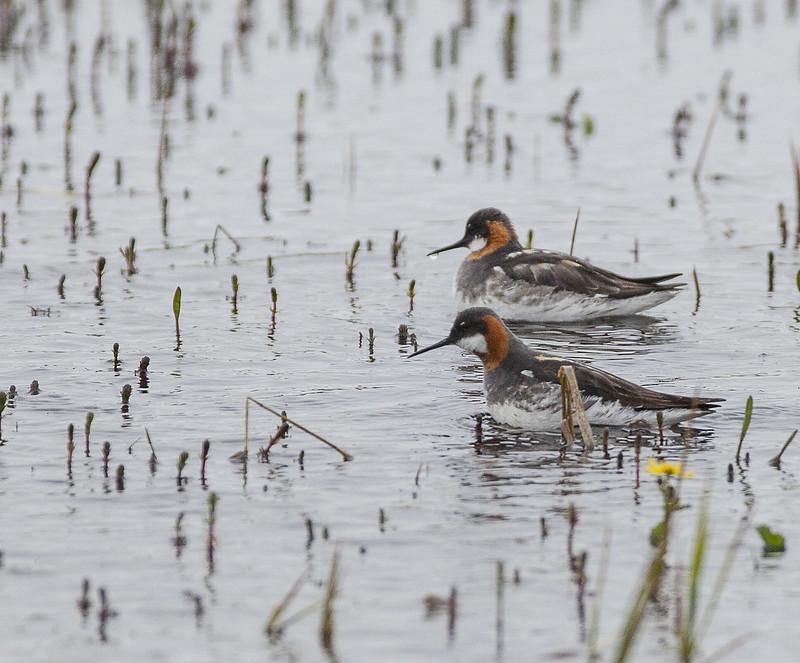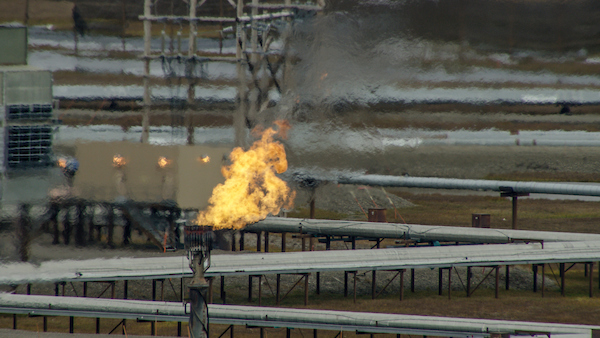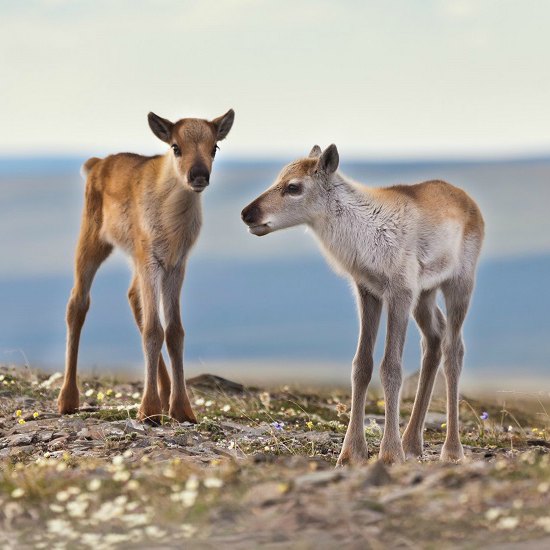
Climate action in the western Arctic
This month, the Biden administration announced it intends to reverse a Trump-era plan that would have allowed for increased and extensive oil extraction within the largest unit of public land in the country.

This area with a dubious official name, the National Petroleum Reserve-Alaska or Reserve, is part of a vast and interconnected western Arctic region that feeds caribou herds, migratory birds, a broad range of Arctic animals, and dozens and dozens of communities across the western Arctic.
That the Biden administration wants to dump the Trump plan makes sense considering its climate promises; it also makes sense for the health of Alaska and the planet.
And also this action is not enough.
As Senior Staff Attorney Suzanne Bostrom put it, Trump’s 2020 plan was “out of sync with the urgent need to address climate change and to protect Arctic lands and communities from industrialization. We now need a shift away from management plans that prioritize harmful fossil fuel exploitation and toward a plan that leads us to climate resilience and sustainable economies.”
Make the Arctic part of a climate solution
Back in 2020, the Trump administration approved a management plan that would allow oil and gas in nearly the entire Reserve while gutting protections for vital areas, like Teshekpuk Lake. We filed a lawsuit calling out that illegal plan for selling off public lands to fossil fuel corporations while increasing harms caused by climate change, diminishing public health, degrading land, water and air, and encroaching on long-protected areas essential to the health of animals and people.

This administration has indicated it will ditch that plan and likely return to the management strategies put in place in 2013, which allows oil and gas leasing in roughly half of the Reserve. The return to the 2013 plan isn’t enough, because it also lets climate devastation and pollution amass and continue.
We need leadership that makes the Reserve part of a climate solution, not a sacrifice zone where the fossil fuel industry can extract its last profits while forcing people, animals, and entire living systems to suffer the harmful consequences of industry-caused pollution and climate change.
Combatting the climate crisis
The undoing of a brutal and destructive decision with devastating outcomes for people and the planet is worth celebrating. A statement from Sovereign Inupiat for a Living Arctic commended the Biden administration’s decision to scrap Trump’s 2020 plan, and it urged it to take greater strides toward a healthier future.
“We celebrate the Biden administration’s first step in the Reserve to combat our climate crisis,” said Siqiniq Maupin, SILA’s Executive Director. “The Arctic Slope and those most affected already experience poor air quality, toxics and pollutants caused by the expansive extractive industry, and we continue to endure negative impacts to our ways of life and the health of our communities. Though the administration’s decision to return to the 2013 plan is not the complete solution, it’s a step in the right direction.”
The climate disconnect
This small piece of good news gives us hope for the future.

Even as we see small shifts in how leaders think about land, its role in climate action, and our relationships with it, oil and gas corporations have their eyes on their next big money makers. You can bet projects like ConocoPhillips’ Willow proposal in the Reserve will spit out pollutants harmful to those living nearby and to people everywhere experiencing climate threats to their food, water, homes and lives.
The Biden administration’s commitment to moving ConocoPhillips’ Willow project forward, while touting its reversal of Trump’s management plan in the same area, highlights the disconnect that arises when putting industry profits and politics over people.
We hope that the administration aligns its actions with its policies and promises, and takes much bolder steps to protect the Reserve.


